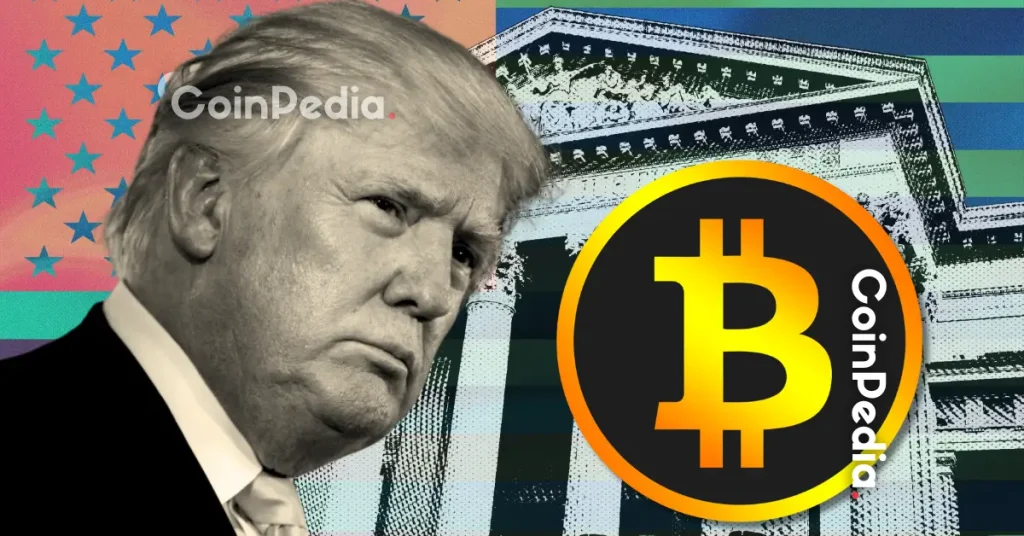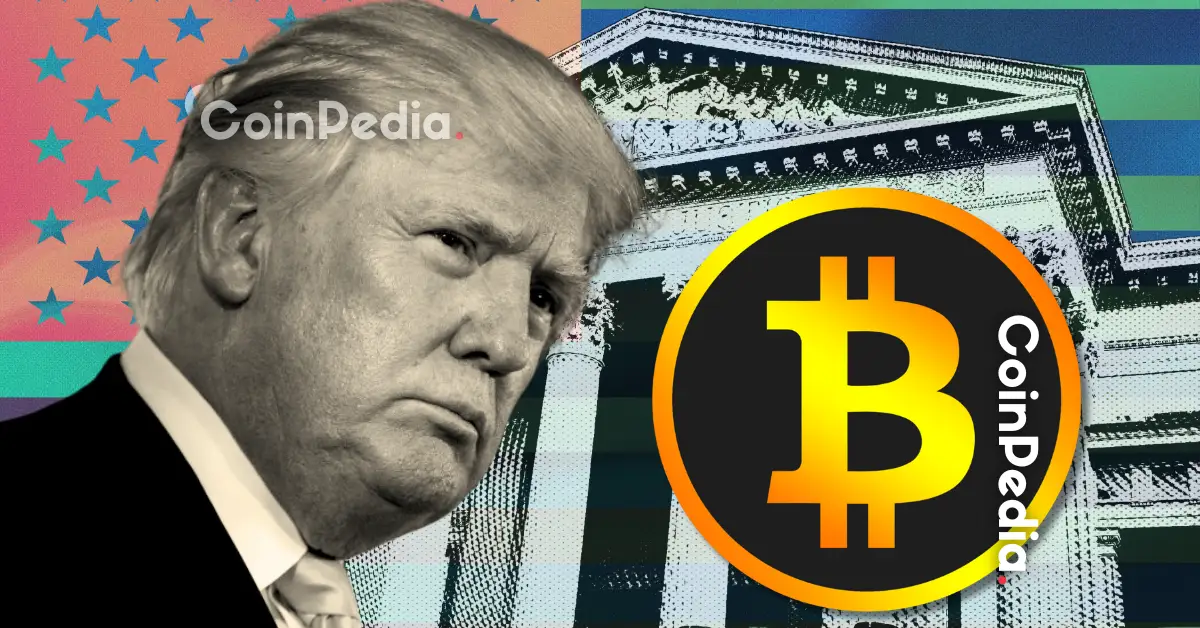
Unraveling the U.S. Crypto Reserve: A Strategic Dilemma
The Concept and Its Controversies
The proposal of a U.S. Crypto Reserve, particularly under the lens of Donald Trump’s administration, has sparked intense debate. This concept is not merely about adopting digital assets but about redefining America’s economic strategy in the digital age. The idea hinges on whether the U.S. should embrace cryptocurrencies as a strategic reserve asset, akin to gold or foreign currencies. However, the path to achieving this is fraught with complexities, from defining the reserve’s composition to addressing regulatory and ethical concerns.
The Composition Conundrum
Bitcoin Maximalism vs. Diversification
The debate over the reserve’s composition is central to its viability. Bitcoin maximalists advocate for a Bitcoin-centric reserve, citing its decentralized nature, scarcity, and established track record. They argue that Bitcoin’s first-mover advantage and widespread recognition make it the most reliable digital asset for a national reserve. Diversification, they contend, introduces unnecessary risks and dilutes the reserve’s core purpose.
On the other hand, proponents of a diversified portfolio argue that it allows the U.S. to capitalize on the potential of emerging blockchain technologies. Including assets like XRP, SOL, and ADA could provide exposure to different use cases and technological advancements. However, this approach is not without its pitfalls. The inclusion of altcoins raises concerns about favoritism, market manipulation, and the volatility inherent in less-established cryptocurrencies.
The Allure and Peril of Altcoins
Altcoins offer the promise of innovation and potential high returns, but they also come with significant risks. Many altcoins lack the robust infrastructure and widespread adoption of Bitcoin, making them more susceptible to market manipulation and regulatory scrutiny. The inclusion of these assets in a national reserve could undermine the reserve’s stability and credibility. Moreover, the selection of specific altcoins could be seen as endorsing certain projects, leading to accusations of favoritism and conflicts of interest.
Funding and Acquisition: A Delicate Balance
Seized Assets: A Double-Edged Sword
One proposed method for funding the U.S. Crypto Reserve is through the seizure of crypto assets from illicit activities. While this approach might seem politically palatable, it presents several challenges. The scale and consistency of such seizures are uncertain, raising questions about whether they can generate enough value to build a substantial reserve. Additionally, the legal complexities surrounding asset forfeiture could lead to protracted battles and uncertain outcomes.
Taxpayer Funds: A Political Minefield
The idea of using taxpayer money to directly purchase cryptocurrencies is likely to face fierce opposition. Critics argue that it is an irresponsible use of public funds, given the volatile nature of the crypto market. This approach also raises fundamental questions about government intervention in the market and the potential for creating moral hazard. The political backlash could be significant, making this option politically unfeasible.
Debt Acquisition: Kicking the Can Down the Road
Another option involves issuing new debt to finance the acquisition of crypto assets. While this approach might be more palatable in the short term, it merely defers the problem to future generations. It raises concerns about the long-term sustainability of the reserve and the potential for exacerbating the national debt. This approach could also be seen as a short-term solution that fails to address the underlying economic challenges.
Regulatory Challenges: Navigating Uncharted Waters
The SEC’s Role: Enforcement vs. Innovation
The Securities and Exchange Commission (SEC) has taken a relatively aggressive stance towards the crypto industry, focusing primarily on enforcement actions against unregistered securities offerings. While the White House report urges the SEC to take action even without new laws, this approach risks stifling innovation and driving crypto businesses overseas. The SEC’s role in regulating a U.S. Crypto Reserve will be crucial, but it must balance enforcement with fostering innovation.
Congressional Action: The Need for Clarity
Congress needs to step in and provide a clear and comprehensive regulatory framework for cryptocurrencies. This would provide much-needed clarity for businesses, investors, and regulators alike. However, the deeply partisan nature of Congress makes it difficult to reach a consensus on such a complex and controversial issue. The lack of regulatory clarity could hinder the establishment of a U.S. Crypto Reserve and undermine its effectiveness.
The Specter of Centralization
Perhaps the most profound concern is the potential for a U.S. Crypto Reserve to lead to centralization and institutional control over Bitcoin and other cryptocurrencies. Bitcoin’s core value proposition lies in its decentralized nature, which makes it resistant to censorship and manipulation. If the U.S. government amasses a significant portion of the Bitcoin supply, it could potentially exert undue influence over the network, undermining its fundamental principles. This centralization could erode trust in Bitcoin and other cryptocurrencies, defeating the purpose of establishing a reserve in the first place.
Trump’s Pro-Crypto Pivot: A Strategic Move
Donald Trump’s apparent shift towards a pro-crypto stance has surprised many observers, given his past skepticism towards digital currencies. Some speculate that this is a calculated move to appeal to a younger, more tech-savvy electorate. Others suggest that he sees the potential for the U.S. to become a global leader in the crypto industry, creating jobs and boosting economic growth. Whatever the motivation, Trump’s support for a U.S. Crypto Reserve has undoubtedly injected a new level of political energy into the debate.
Conclusion: A High-Stakes Gamble
The idea of a U.S. Crypto Reserve is a complex and multifaceted issue with potentially far-reaching consequences. While it could position America at the forefront of the digital economy, it also carries significant risks, including market manipulation, regulatory uncertainty, and the erosion of Bitcoin’s decentralized principles. As the U.S. navigates this uncharted territory, it must proceed with caution, balancing the potential benefits with the inherent risks. The future of America’s digital vault, and perhaps the future of cryptocurrency itself, hangs in the balance. The decisions made today will shape the economic landscape for decades to come, making this a high-stakes gamble with profound implications for the global financial system.





